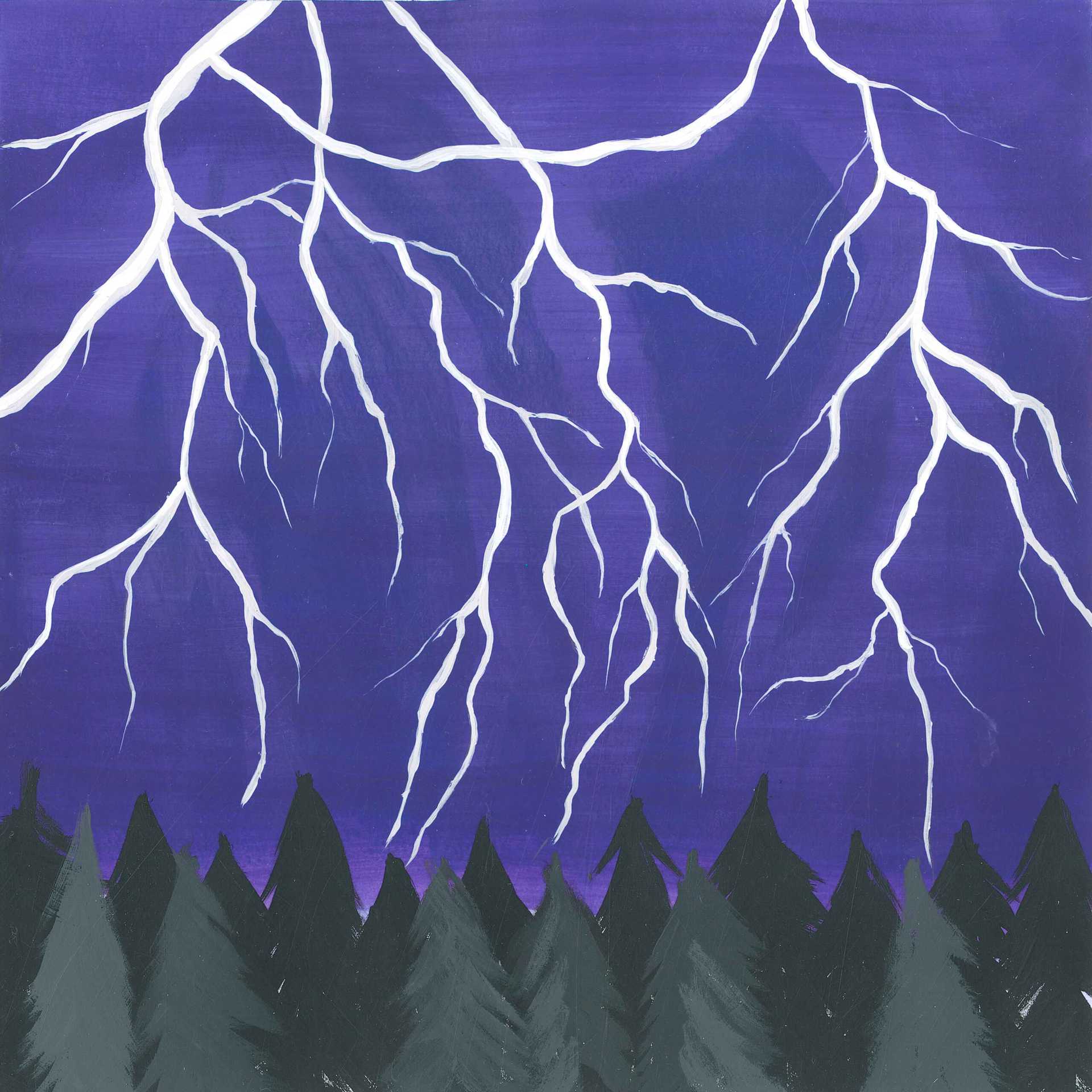Back to recordings
Recording
Epic thunderstorm sounds
Epic thunderstorm
Artist:
Johannesburg, South AfricaRecommended charity: Reforestaction
Notes:
Thunderstorm over Johannesburg, South Africa. One of the best (and loudest) thunderstorms I’ve ever experienced. (George Vlad, recording artist)
